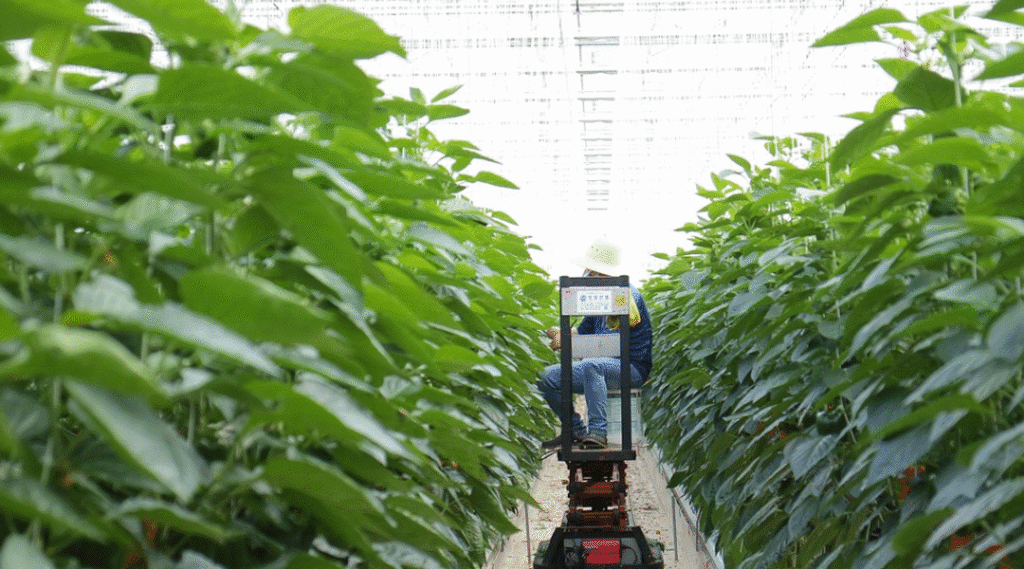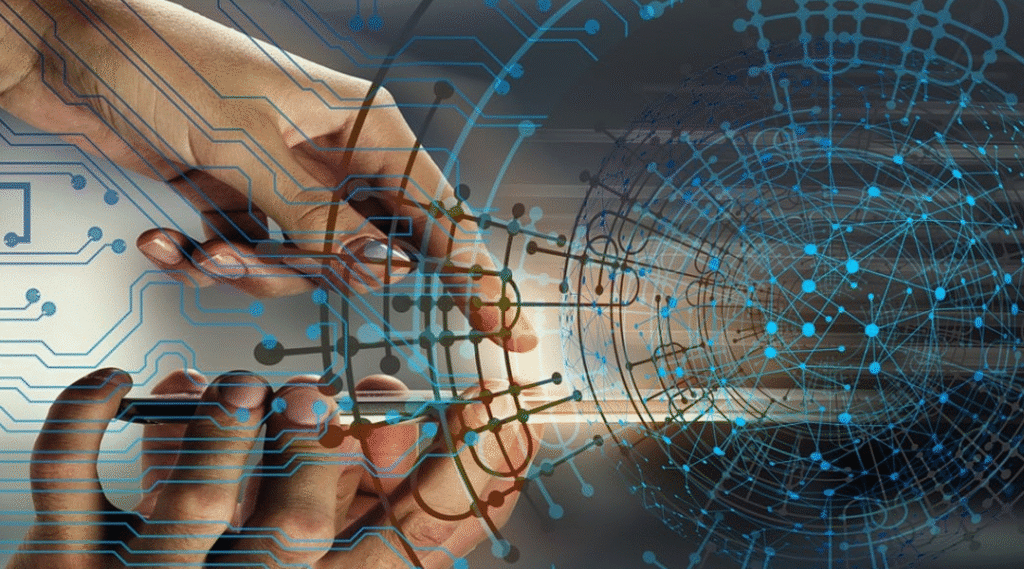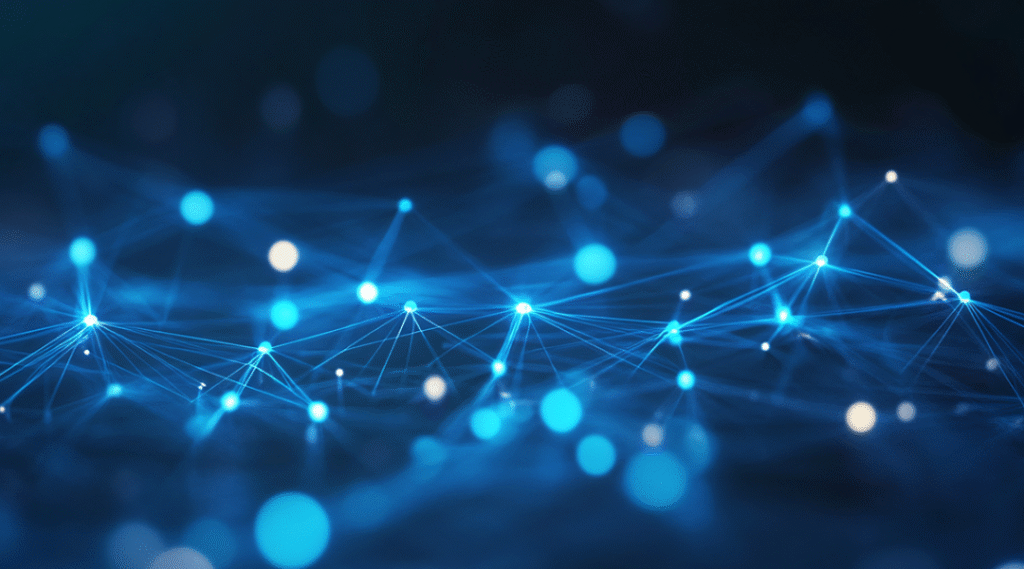In the face of a rapidly growing global population, dwindling arable land, and changing climate patterns, traditional agricultural practices are under increasing pressure to evolve. Enter artificial intelligence (AI) and the Internet of Things (IoT): two technological forces converging to usher in a new era of “smart farming.” By integrating real-time data from connected sensors with advanced machine-learning algorithms, modern farmers can optimize resources, boost yields, and build more sustainable, resilient food systems.
The Data-Driven Farm
At the heart of next-generation agriculture is data. IoT devices—soil moisture sensors, weather stations, nutrient probes, and even drone-mounted cameras—continuously collect detailed information across every acre. These connected devices feed vast streams of data into AI platforms, which analyze patterns that would be impossible for humans to discern manually. For instance, by correlating soil moisture trends with recent weather forecasts, an AI system can predict when irrigation is needed down to the minute. This precision not only conserves water—agriculture already accounts for nearly 70% of freshwater withdrawals globally—but also prevents overwatering, which can leach nutrients and reduce crop quality.
Precision Irrigation and Fertilization
Traditional irrigation and fertilization methods typically rely on schedules or the farmer’s experience, often leading to under- or over-application. Smart IoT sensors paired with AI-driven decision engines change the game. Soil sensors measure moisture at various depths, while nutrient sensors assess pH, nitrogen, phosphorus, and potassium levels in real time. The AI integrates this sensor data with satellite imagery and local weather data to generate prescription maps—precise, zone-specific instructions for irrigation and fertilizer application. These prescription maps can be wirelessly transmitted to autonomous irrigation rigs or variable-rate fertilizer spreaders, ensuring that each section of the field receives exactly what it needs. Studies show that precision nutrient management can increase yields by up to 20% while reducing fertilizer usage by as much as 30%, lowering costs and minimizing environmental runoff.
Disease and Pest Detection
One of the most pervasive threats to crops is the outbreak of diseases and pest infestations, which can spread rapidly if not detected early. AI algorithms trained on thousands of images can identify the subtle visual signatures of plant stress, fungal infection, or insect damage—sometimes days before symptoms are obvious to the naked eye. Drone-based imaging systems equipped with multispectral cameras capture aerial views of fields, and AI models process these images to pinpoint anomalies at the leaf-level. Prompt alerts enable targeted interventions, such as localized pesticide applications or biocontrol releases, avoiding blanket treatments that can harm beneficial insects and increase chemical resistance. Early detection not only saves entire harvests but also contributes to more sustainable pest management practices.
Autonomous Machinery and Robotics
The integration of AI and IoT extends beyond monitoring to the very machines that work the land. Autonomous tractors, planters, and harvesters leverage GPS guidance, sensor feedback, and machine-vision systems to perform tasks with centimeter-level accuracy. For example, an autonomous weeding robot uses on-board cameras and AI to distinguish crops from weeds, mechanically removing unwanted plants without herbicides. In harvesting, AI-powered robotic arms can assess fruit ripeness, delicately pick produce, and sort by quality—operations traditionally requiring intensive manual labor. These autonomous systems not only reduce labor costs and dependency on seasonal workers but also operate longer hours with consistent performance, increasing overall productivity.
Supply Chain Optimization and Traceability
Smart agriculture doesn’t end at the farm gate. IoT sensors embedded in storage facilities and transportation vehicles monitor temperature, humidity, and shelf-life indicators throughout the supply chain. Blockchain-enabled platforms record every transaction and environmental data point, providing transparent, immutable traceability from field to fork. AI analytics then use this rich dataset to predict spoilage risks, optimize routing to minimize transit times, and synchronize supply with market demand. Retailers and consumers gain confidence in product freshness and provenance, while producers can command premium prices for high-quality, traceable goods.
Sustainability and Resource Management
Perhaps the most profound benefit of AI and smart IoT in agriculture is their collective impact on sustainability. By precisely targeting water, nutrients, and agrochemicals, farms dramatically reduce resource waste and environmental pollution. Predictive analytics forecast seasonal water availability and crop performance under various climate scenarios, allowing farmers to select resilient crop varieties and adjust planting schedules proactively. Renewable energy sources—solar-powered sensor networks and electric autonomous vehicles—further lower carbon footprints. Over time, these synergistic technologies contribute to healthy soils, cleaner water systems, and greater biodiversity on farms.
Challenges and the Road Ahead
Despite the promise of smart farming, barriers remain. High upfront costs for IoT infrastructure and AI platforms can be prohibitive for smallholder farmers. Reliable connectivity in remote rural areas is not universally available, and data standardization across different devices and vendors is still evolving. Moreover, farmers need training and support to interpret AI-driven insights and integrate them into traditional knowledge systems.
To overcome these challenges, public-private partnerships and government incentives are critical. Subsidies for sensor installation, investment in rural broadband, and agricultural extension services offering AI literacy programs can democratize access. Open-source data platforms and interoperable standards will foster an ecosystem where devices and applications seamlessly communicate.
As the world grapples with food security, climate change, and resource scarcity, AI and smart IoT technologies present a pivotal opportunity. By harnessing data and automation, farmers can transition from reactive to proactive management, squeezing more productivity from less land and fewer inputs. The result is a smarter, greener, and more resilient food system—one capable of nourishing a growing population while preserving the planet. The future of agriculture lies at the intersection of silicon and soil, where every drop, every granule, and every leaf is optimized for sustainability and abundance. With continued innovation, collaboration, and investment, we can ensure that the next generation of agriculture is not only high-tech but also high-impact for people and the planet.
More for the topic:
Humans and Machines Unite: Embracing Industry 5.0 and Seizing Its Promise
Wiring Tomorrow’s Workforce: Integrating Smart IoT, 5G, Cloud, and AI to Forge a Robust Robot World
As for in-depth insight articles about AI tech, please visit our AI Tech Category here.
As for in-depth insight articles about Auto Tech, please visit our Auto Tech Category here.
As for in-depth insight articles about Smart IoT, please visit our Smart IoT Category here.
As for in-depth insight articles about Energy, please visit our Energy Category here.
If you want to save time for high-quality reading, please visit our Editors’ Pick here.



